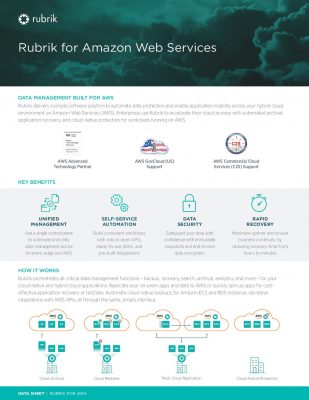Creating a policy for Bring Your Own Device (BYOD) strategy can be a tricky place. For enterprises that are seeking to implement the enterprises, mobility policies are facing several of the legal and technical obstacles. With the inclusion of mobility management, many of the enterprises need to interfere with policies that are being already set and also consider many management, security, and human safety laws. To improve BYOD management and security, enterprises are relying on the written procedures that provide the required conditions that need to be followed by the employees.
Mobility requirements for each enterprise changes according to the employee responsibility and enterprises operational needs. An IT company will have different mobility requirements, while a logistics company with a mobile workforce will have a certain different requirement. Here are ten best practices that are common in a BYOD policy and could easily fit in the enterprise’s written rules.
1. Strong Passwords
When dealing with enterprise mobility, passwords hold prime importance in enterprise security policy. Employees making the BYOD transition should maintain a strong password, and this requirement should be maintained to improve the BYOD policy. Also, if the employee makes several failed attempts, the device would automatically get locked until the IT admin can unlock the device to access the enterprise network.
2. Maintain the Condition of the Device
A performing BYOD policy understands the need for maintaining device health in all cases. Having a policy that develops a complete understanding of device condition and functions will assist the enterprises and employees make optimum use of such device. The policy should also mention the set of providers that can be trusted with providing the maintenance setting clear goals for the users. Sometimes the company has to entertain the idea of spending on maintaining such devices.
3. Restricting Access and Functions
Most of the devices used for the enterprise’s mobility have a variety of functions, that either sit idle or the access is restricted. Many of the mobile devices are smartphones that have great camera functions which actually cannot be used while at the workplace. It’s common to find BYOD policies with these restrictions in place, Restrictions to device access have also related to workplace privacy issues. Many of the employees using enterprise mobility devices for personal activities leads to data access that can be confidential. To avoid lawsuits of data leaks from personal device enterprises usually provide a completely different device for workload, or for personal device implement a policy that there should be no expectation of privacy.
4. Unsecured Data Transfer
Employees might unknowingly transfer certain sensitive data from the devices using the unsecured channel that causes leakage. Having a BYOD policy that completely prohibits any data transfer using the unsecured channels will act as a barrier.
5. Usage of the Device while Driving
With evident policy, which restricts device usage while driving. Many of the countries have direct laws that restrict any usage of the device while driving, and if the employee is found to be working on the enterprise’s activities, it can result in hefty fines from federal officials.
6. Data Encryption
Encryption of data before storage or transfer should be one of the topmost policy that needs to entertain while creating the BYOD policy. Either adopting the third-party vendor that can provide the encryption tools along with securing the data transfer across required channels. Most of the enterprises that have invested heavily in the mobility solutions tend to develop a restricted storage facility where all the sensitive data is stored from all the devices, and usually, a device can access all of the data easily using simple two-step authentication methods or decryption application installed on the device. Encryption is one of the best ways to prevent hackers from accessing sensitive data on a device.
7. Provisioning
Before an employee can access the enterprise data and the network on a personal device, some organization enforce a rule where IT must first provision those devices. The main background of this procedure is to ensure that the configuration of apps and to enhance device security. It’s common to have a BYOD policy that defines the requirements of users and install security software based on the need. The security process includes various anti-virus solutions such as Mobile Device Management (MDM) software or Unified endpoint management (UEM) software.
8. When the Employee Leaves or Device is Lost
Whether it’s through the termination or resignation having an employee policy in place, enterprises should at least have a complete right to inspect the personal devices used in the place. In some enterprises, IT can request to inspect those devices which had enterprises network access before the employee leaves. Under the BYOD policy, IT admins should have the technical tools that can completely lock and wipe the device when a threat is detected. The reasons behind a companies rights to completely delete the data in case of deicing theft or lost, all the employees should be made aware of the situation.
9. Viewing Data on the Device
Having remote access of mobile device is giving teeth to the IT admins to monitor the device usage or malicious activities on such devices to protect the users and enterprises from data leaks. Inevitavel many of the IT admins will have complete access to user data and having a policy that describes the condition will assist in understanding the device health.
10. Failure to Comply with the Policy
Having a set of rules that can manage the breach of policy will make the employee serious about following such policies. Having a monetary penalty for not following any of the rules combined with strict disciplinary actions if it causes security turmoil in the network. Though freedom comes with a set of responsibility and its important that everyone understands the policies.
Conclusion
Mobility solution providers have gained major traction in the technology industry, but device security and need of an end to end solutions depending on the employee needs is still where the innovation remains. Most of the employees need undaunted access to enterprise data, but with the current mobility solution, the situation is decisive for the decision makers.
To know more, you can download our latest whitepapers on Mobility.





























































